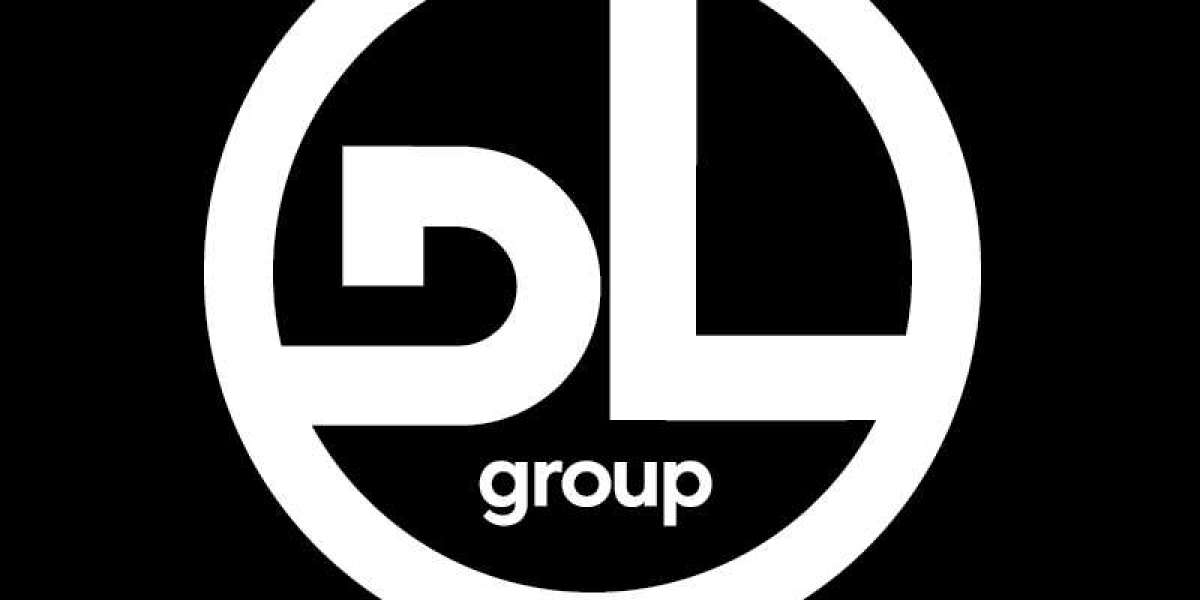Outsourcing Network Operations Center (NOC) services can be a game-changer for many businesses, offering cost savings and access to specialized expertise. However, it's not all sunshine and rainbows. Hidden costs can sneak up on you, turning what seemed like a great deal into a financial burden. So, how can businesses mitigate these hidden costs? Let's dive in.
Understanding NOC Services
What Are NOC Services?
Network Operations Center (NOC) services involve monitoring and managing network infrastructure to ensure optimal performance and uptime. This includes tasks like network monitoring, troubleshooting, performance management, and incident response.
Why Do Businesses Outsource NOC Services?
Businesses often outsource NOC services to save on costs, access specialized skills, and focus on core business activities. Outsourcing allows companies to leverage the expertise of seasoned professionals without the overhead of maintaining an in-house team.
Hidden Costs of Outsourcing NOC Services
Initial Setup Costs
The process of transitioning to an outsourced NOC provider involves significant initial costs. These include the time and resources needed to transfer knowledge, integrate systems, and establish communication protocols.
Communication Barriers
Outsourcing, especially offshore, can lead to communication issues. Different time zones, languages, and cultural nuances can complicate interactions and lead to misunderstandings.
Quality Control Issues
Maintaining high service quality can be challenging. Differences in standards, practices, and performance metrics between the outsourcing provider and the client can result in subpar service delivery.
Security Concerns
Outsourcing NOC services can expose a business to security risks. Data breaches, unauthorized access, and compliance issues are potential threats that need to be managed carefully.
Vendor Lock-In
Long-term contracts with vendors can lead to dependency, making it difficult and costly to switch providers if the service quality declines or needs change.
Cultural Differences
Cultural differences between the outsourcing provider and the client can affect collaboration, communication, and overall service efficiency. These differences can lead to friction and misunderstandings if not managed properly.
Strategies to Mitigate Hidden Costs
Thorough Vendor Selection
Research Potential Vendors
Take the time to thoroughly research potential vendors. Look into their track record, expertise, and the range of services they offer. Don't just go for the cheapest option; consider the value and quality they bring.
Check References and Reviews
Speak with other businesses that have used the vendor's services. Read reviews and testimonials to get a sense of their reliability and performance. This can provide insights that are not apparent from the vendor's sales pitch.
Clear and Detailed Contracts
Define Scope and Expectations
Ensure that the contract clearly defines the scope of services, responsibilities, and expectations. This helps in avoiding misunderstandings and scope creep, which can lead to additional costs.
Include SLAs and KPIs
Service Level Agreements (SLAs) and Key Performance Indicators (KPIs) should be included in the contract. These metrics ensure that the vendor is held accountable for meeting agreed-upon performance standards.
Effective Communication Channels
Regular Meetings
Schedule regular meetings to discuss performance, issues, and improvements. These meetings help in maintaining alignment between your business and the NOC provider.
Use of Collaboration Tools
Utilize collaboration tools like Slack, Microsoft Teams, or project management software to streamline communication and keep everyone on the same page.
Quality Assurance Processes
Regular Audits
Conduct regular audits of the vendor's performance. This helps in identifying areas of improvement and ensuring that the service quality meets your standards.
Feedback Loops
Establish feedback loops where both parties can share insights and suggestions. Continuous improvement should be a shared goal.
Security Measures
Data Encryption
Ensure that the vendor uses robust data encryption methods to protect sensitive information. This helps in mitigating the risk of data breaches.
Access Controls
Implement strict access controls to ensure that only authorized personnel have access to your network and data.
Flexible Contracts
Avoid Long-Term Lock-Ins
Opt for shorter contract durations or contracts with flexible terms. This gives you the freedom to switch vendors if the service quality does not meet your expectations.
Scalable Solutions
Choose a vendor that offers scalable solutions. This allows you to adjust the level of service as your business needs change.
Cultural Training and Sensitivity
Cross-Cultural Workshops
Invest in cross-cultural training for both your team and the vendor's team. This helps in bridging cultural gaps and improving collaboration.
Local Liaisons
Appoint local liaisons who understand both the business culture and the vendor's culture. They can help in smoothing out any cultural differences and ensuring effective communication.
Conclusion
Outsourcing NOC services can offer significant benefits, but it's crucial to be aware of and mitigate the hidden costs. By thoroughly vetting vendors, establishing clear contracts, maintaining effective communication, and implementing robust quality and security measures, businesses can enjoy the advantages of outsourcing without falling victim to unforeseen expenses.
More info: cost saving outsourced NOC services
We think you’ll also like: On-demand IT services



